Variety in art is like a spice rack full of different flavors – it adds excitement and interest to what might otherwise be bland.
In simple terms, it’s about mixing things up to keep them interesting.
In visual art, variety means using different elements like colors, shapes, lines, and textures to create diversity and capture attention.
Understanding variety in art helps us appreciate the richness and complexity of artistic expressions, teaching us to see beyond the surface and appreciate the layers of creativity.
So, let’s dive into this flavorful world of variety in art and explore how it enhances our visual experiences!
What Is Variety In Art?

Variety in art is like adding spices to a dish.
It’s about using different elements like colors, shapes, textures, and lines to create interest and excitement in an artwork.
Just like how a meal with only one flavor would be dull, an artwork without variety would be boring.
Think of it as mixing things up to keep things interesting.
By combining different elements in unique ways, artists can make their work more engaging and memorable.
It’s like a balancing act between keeping things cohesive and adding surprising twists to catch the viewer’s eye.
Imagine a painting with only one color or one shape repeated over and over again. It wouldn’t hold your attention for long, would it?
Variety is what keeps you looking, exploring, and discovering new things in a piece of art. It’s what makes each artwork special and unique.
7 Principles of Art
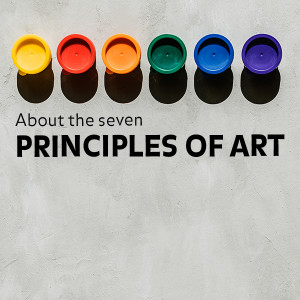
- Balance
- Contrast and Emphasis
- Movement and Rhythm
- Unity and Variety (we are reading about Variety now!)
- Harmony
- Pattern
- Proportions and Scale
7 Elements of Art
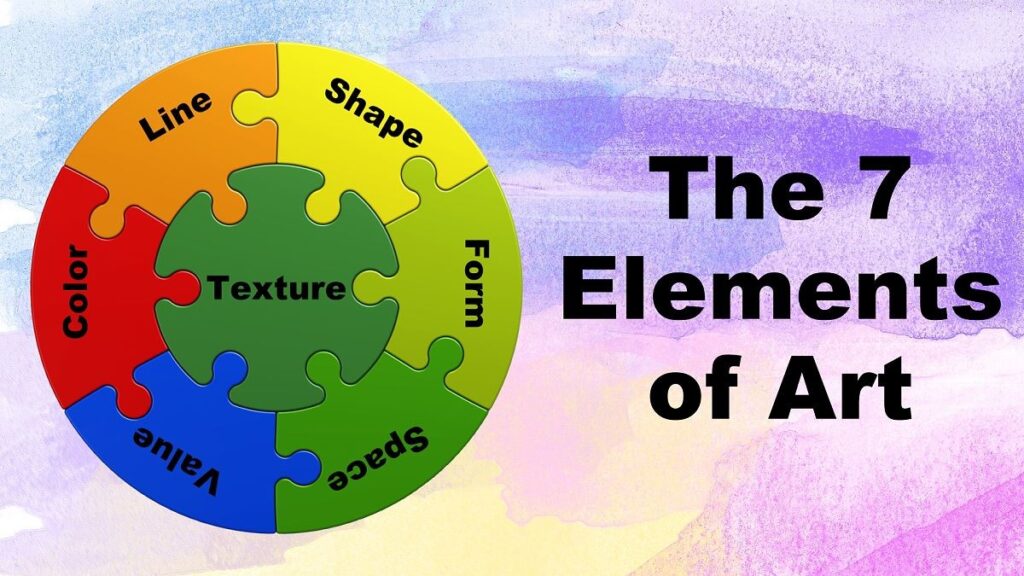
Examples of Variety in Art
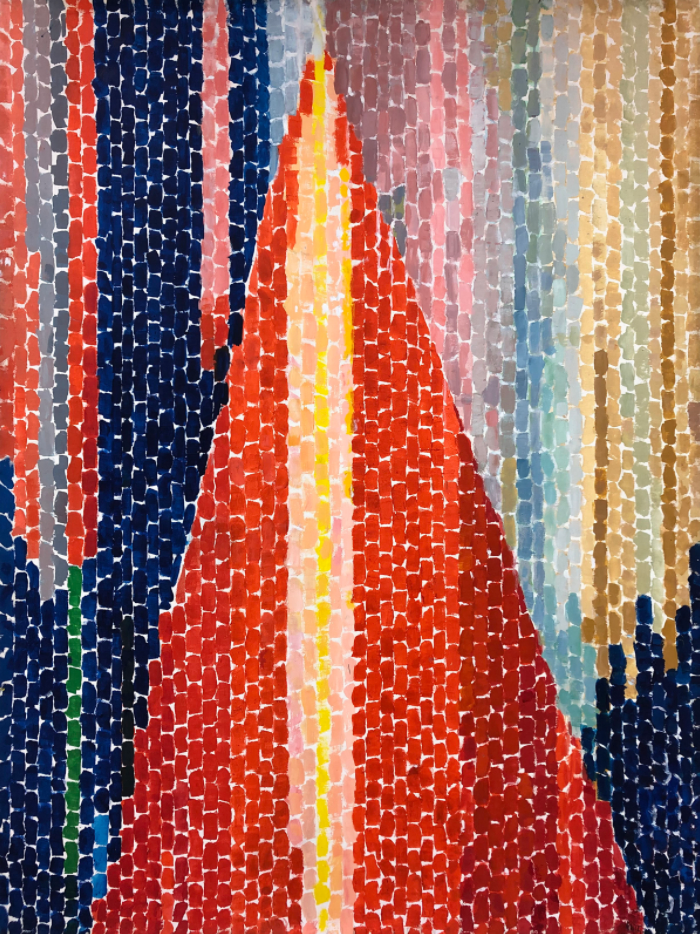
Vincent van Gogh and Gustav Klimt were both amazing artists who used variety to make their artworks captivating.
Van Gogh, known for his vibrant paintings, used a mix of colors, textures, and lines to create interest. In his piece “Orchard in Blossom,” he cleverly played with red and green hues, creating contrast while keeping the overall look unified. By simplifying shapes and details, he made sure everything worked together harmoniously.
Klimt, on the other hand, showcased variety through shapes in his painting “Portrait of Adele Bloch-Bauer I.” He combined flowing lines with geometric patterns, creating a captivating rhythm.
While his main palette was gold, he introduced bright primary colors in certain areas to add diversity and prevent monotony.
In both cases, variety made their artworks stand out, drawing viewers in and keeping them engaged as they explored the intricate details and contrasts.
The Importance Of Variety In Art

Variety in art is like the spice in your favorite dish – it adds flavor and excitement. Imagine a painting where everything looks the same – same colors, same shapes, same lines.
It would be like staring at a blank wall. But when an artist mixes things up, using different colors, shapes, lines, and textures, it’s like a symphony of visual delight.
But variety isn’t just about throwing random things together. It’s about balance. Too much variety can be overwhelming, like a crowded room where you don’t know where to look.
So artists also use unity, or harmony, to tie everything together. Unity is like the glue that holds the variety in place, making sure it all works together smoothly.
So, variety in art isn’t just important – it’s essential. It’s what makes art exciting, dynamic, and worth experiencing.
Without it, art would be dull and lifeless, like a world without color. Variety brings art to life, inviting us to explore, imagine, and appreciate the beauty of creativity.
Types Of Variety In Artwork
Variety in artwork is like adding spices to a dish – it makes things more interesting and appealing. Artists have a few tricks up their sleeves to achieve this.
First up is “contrast.” Imagine mixing bold colors with dull ones or rough textures with smooth ones. It’s like putting a spotlight on certain parts of the artwork, making them pop out and grab your attention.
Then there’s “change and difference.” This is like playing a subtle game of hide and seek with your eyes. You might notice that everything looks similar, but upon closer inspection, there’s a little twist here and there – maybe a different shade of blue or a slightly larger shape. It keeps you engaged without overwhelming you.
Lastly, we have “elaboration.” Think of this as adding intricate details to a story. It’s like zooming in and discovering hidden treasures within the artwork. These extra touches give depth and richness, making you want to explore every nook and cranny.
But here’s the thing – artists aren’t limited to just one of these methods. They can mix and match, using whichever suits their vision best. So, next time you admire a piece of art, take a moment to appreciate the variety that makes it so captivating.
How Artists Add Variety To Their Artwork?

In the world of art, creating a masterpiece involves more than just one technique or element.
Artists employ various methods to add depth and interest to their compositions. From color to texture, line to shape, each aspect plays a crucial role in shaping the final artwork.
By combining these elements skillfully, artists can create captivating and diverse compositions that engage viewers on multiple levels.
So, let’s delve into the intricacies of these artistic techniques, exploring how they contribute to the rich tapestry of visual expression.
Color Variety
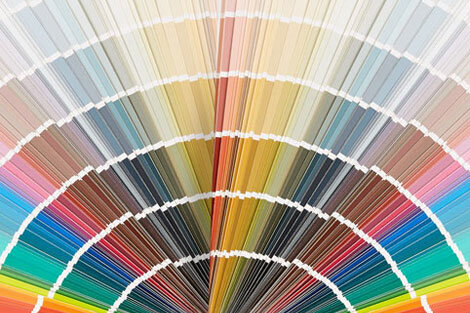
Artists can add variety to their artwork by playing with color in different ways.
Firstly, they can adjust the saturation of colors. Saturation refers to how intense and vivid a color appears. By varying saturation, artists can create intriguing effects.
For instance, they might desaturate most of the image but leave a small area highly saturated, drawing attention to it and making it a focal point.
Artists can manipulate hue, which refers to the actual color itself on the color wheel. Changing hues can dramatically alter the mood and atmosphere of a piece.
Lastly, artists can adjust the value of colors, determining how light or dark they appear.
Imagining a piece in grayscale can help understand its value distribution. By altering values, artists can create depth and contrast in their work.
By experimenting with these aspects of color, artists can add visual interest, create focal points, and evoke different emotions in their artwork.
Brushwork Variety
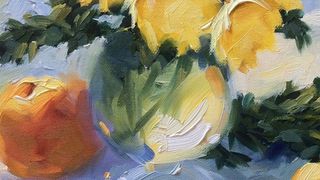
Artists add variety to their artwork by playing with their brushwork. This means they experiment with how they use their paint brushes to create different effects on the canvas.
Also, artists pay attention to the angle of the brush. This matters a lot, especially when they’re painting big shapes. Sometimes, they might even ditch the brush altogether and use something else, like a palette knife, to apply the paint.
By making these little changes, artists make their artwork much more interesting to look at. It’s like adding different flavors to a dish – each stroke of the brush brings its own unique twist to the final masterpiece.
Line Variety
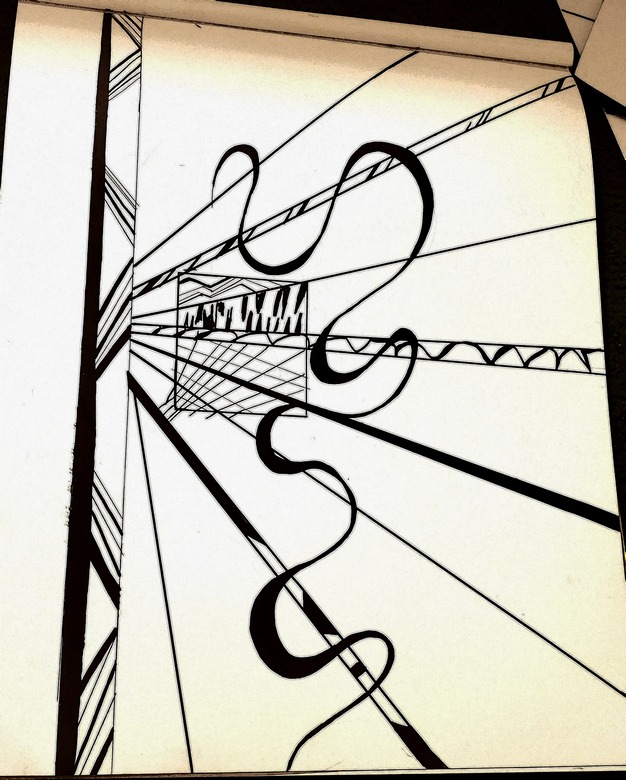
Artists add variety to their artwork in many ways, but one of the key methods is by playing around with lines.
Imagine lines as the building blocks of a picture. You can change them in lots of different ways, and each change gives your artwork a unique feel.
First off, you can change how thick or thin your lines are.
Thick lines can make things look bold and strong, while thin lines can make them delicate and light. Then there’s the length of the lines.
Short lines can give a sense of detail, while long lines might suggest movement or distance.
And it’s not just about drawing lines with a pencil. Brushstrokes in painting, textures in sculptures, and even invisible lines that you can feel in a piece – they all count too. Each of these things can add variety and interest to your artwork.
So, whether it’s with a pencil, a brush, or something else entirely, playing with lines is a powerful way for artists to make their work stand out and feel unique.
Shape Variety

Artists add variety to their artwork in several ways, and one of the most noticeable ways is through shape variety.
Imagine looking at a painting where all the shapes are the same – it would feel repetitive and kind of boring, right?
So, artists mix things up by using different shapes.
Shapes can be big or small, light or dark, curvy or straight – there are so many possibilities! By changing these aspects, artists can create a more interesting and harmonious composition.
Even if an artist needs to use the same shape over and over again, they can still add variety by changing things up.
Maybe they’ll make some shapes bigger or smaller, or add extra elements to mix it up.
So, basically, shape variety is like adding spices to your cooking – it makes things way more interesting!
Size Variety
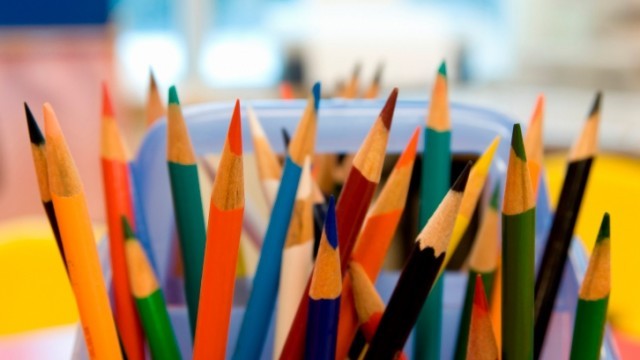
Artists can add variety to their artwork in several ways, and one effective method is by playing with the sizes of objects they depict.
This means changing up the sizes of similar objects within the artwork. Even if the subject matter might seem repetitive or monotonous, adjusting the sizes of elements can add visual interest and appeal.
So, size variety basically means tweaking the sizes of objects intentionally to make the artwork more visually stimulating. It’s a simple but effective way for artists to spice up their creations and keep things interesting for the viewer.
Technique Variety

Some artists induce variety by changing their working techniques.
In a way, it’s similar to the brushwork variety, but in different art mediums, it can be applied differently.
For example, a specific element of your piece can be done with a different application technique, like:
- Underpainting
- Glazing
- Dry Brushing
- Splattering
- Dabbing
- Pouring
- Stippling
- Gestural and so on.
When you combine two or more different techniques in your work, you introduce technique variety into the piece.
Edge Variety
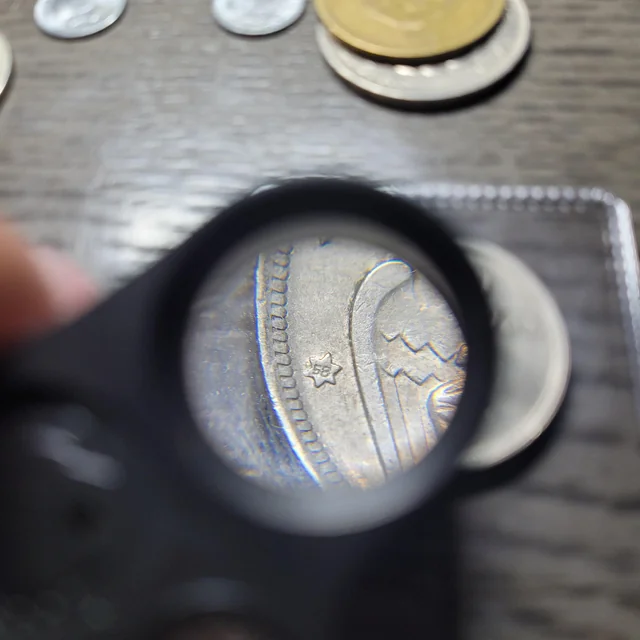
Artists add variety to their artwork in many ways, and one important way is through edges.
In art, an edge is like the border between two shapes or areas. It can be sharp and clear, like the edge of a table, or it can be soft and blurry, like the edge of a cloud. Artists use different types of edges to create interest and depth in their work.
By understanding how to use edges effectively, artists can add variety and visual interest to their artwork, making it more engaging for the viewer.
Whether it’s a painting, drawing, or photograph, paying attention to edges is an important part of the artistic process.
Conclusion
Variety is the spice that brings art to life, enriching it with a tapestry of colors, shapes, textures, and lines. Like the perfect blend of flavors in a dish, it adds depth and excitement to every brushstroke and composition.
From the vibrant hues of Vincent van Gogh to the intricate patterns of Gustav Klimt, artists masterfully weave unity and diversity to create captivating masterpieces.
It’s the delicate balance between too much and too little that elevates art from mere visuals to immersive experiences, inviting us to explore, appreciate, and marvel at the boundless creativity within.
So, let’s celebrate the richness of variety in art, for it is the spice that makes each masterpiece truly unforgettable.

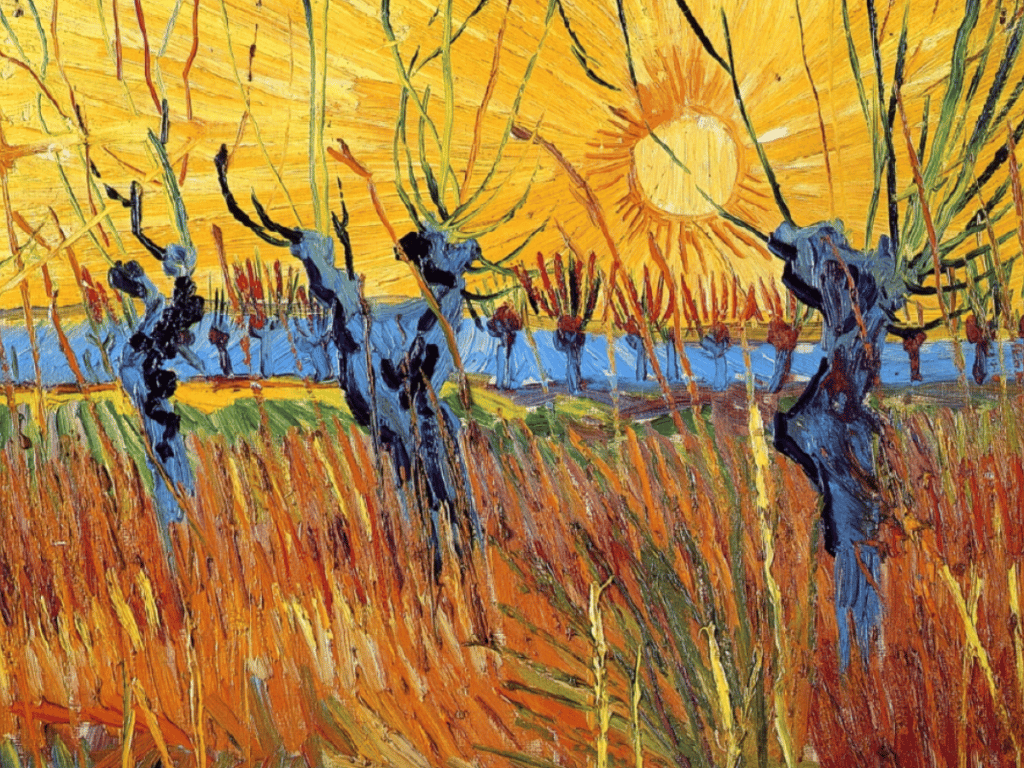
Leave a Reply